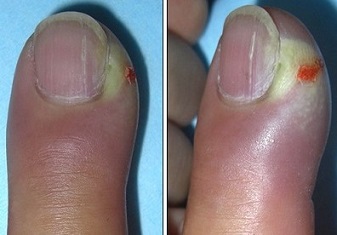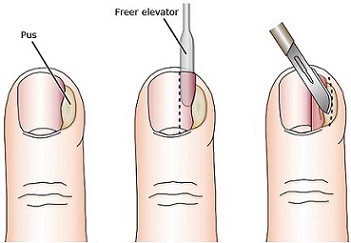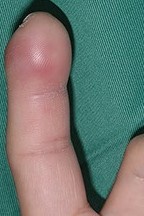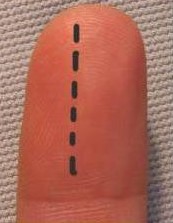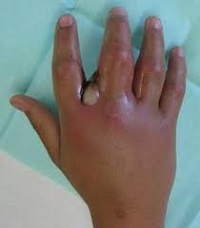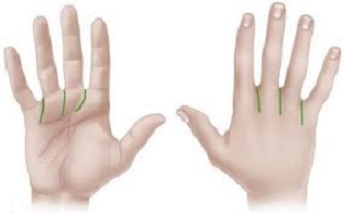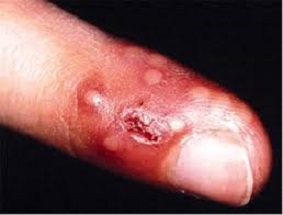Deep Space Infections
- Anatomy
- deep space infections involve the tendons and structures deep to the tendon sheaths
- usually occur as a result of direct implantation
- in the early stage, the infection is limited by the compartments of the hand
- as the infection progresses, it may rupture superficially, spread to adjoining compartments, or involve the
underlying bone and joints
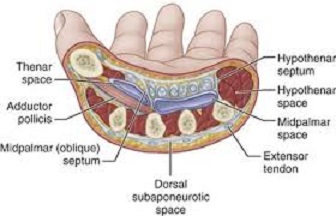
- Palmar Space Infections
- Thenar Abscesses
- Clinical Presentation
- characterized by a widely abducted thumb and fullness on the dorsum of the first web space
- severe pain on adduction or opposition of the thumb
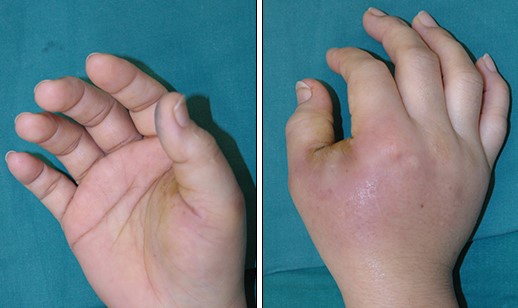
- Management
- requires both a volar and dorsal incision
- the volar incision is parallel to the thenar crease
- palmar cutaneous branch of the median nerve is at risk in the proximal part of the volar incision
- the motor branch of the median nerve is also at risk
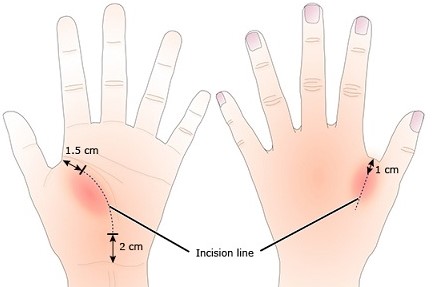
- Midpalmar Space Abscesses
- Clinical Presentation
- loss of the normal palmar concavity
- the middle and ring fingers assume a partially flexed posture
- pain on passive extension of these fingers
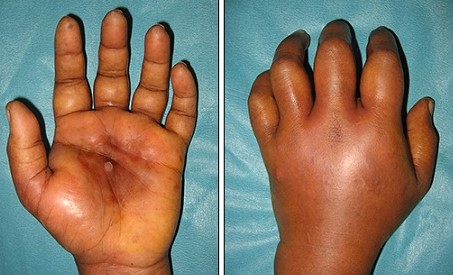
- Management
- drainage is accomplished with a longitudinal or curvilinear incision

- Hypothenar Space Abscesses
- Clinical Presentation
- no involvement of the fingers or flexor tendons

- Management
- longitudinal incision over the area of greatest fluctuance

- Flexor Tenosynovitis
- Etiology
- the flexor tendons of the hand are enclosed in a double layered synovial sheath
- the synovial spaces intercommunicate, are poorly vascularized, and are rich in synovial fluid, allowing
for an optimal environment for bacterial growth
- bacterial proliferation leads to increased pressure within the sheath, which obstructs blood flow and
can cause tendon necrosis and rupture

- Clinical Presentation
- Kanavel’s Four Cardinal Signs
- affected finger is partially flexed
- symmetrical swelling of the entire finger
- tenderness along the flexor tendon sheath
- exquisite pain on passive extension of the finger
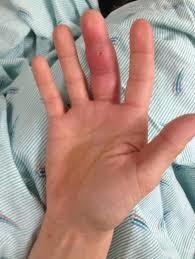
- Management
- Nonoperative Management
- appropriate for patients seen within 24 hours of infection
- consists of antibiotics, arm elevation, hand immobilization
- Operative Management
- indicated if nonoperative management is unsuccessful or if the infection is
greater than 48 hours old
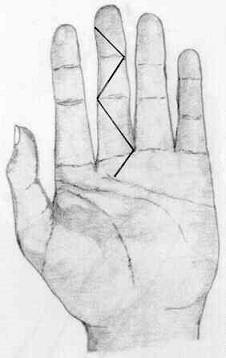
References
- Sabiston, 20thed., pgs 1999 – 2002
- UpToDate. Overview of Hand Infections. Sandeep J. Sebastin Muttah, MMed, FAMS,
Kevin C. Chung, MD, MS, Shimpei Ono, MD, PhD. Jan 02, 2020. Pgs 1 - 69
- SESAP. 17th ed. Soft Tissues
